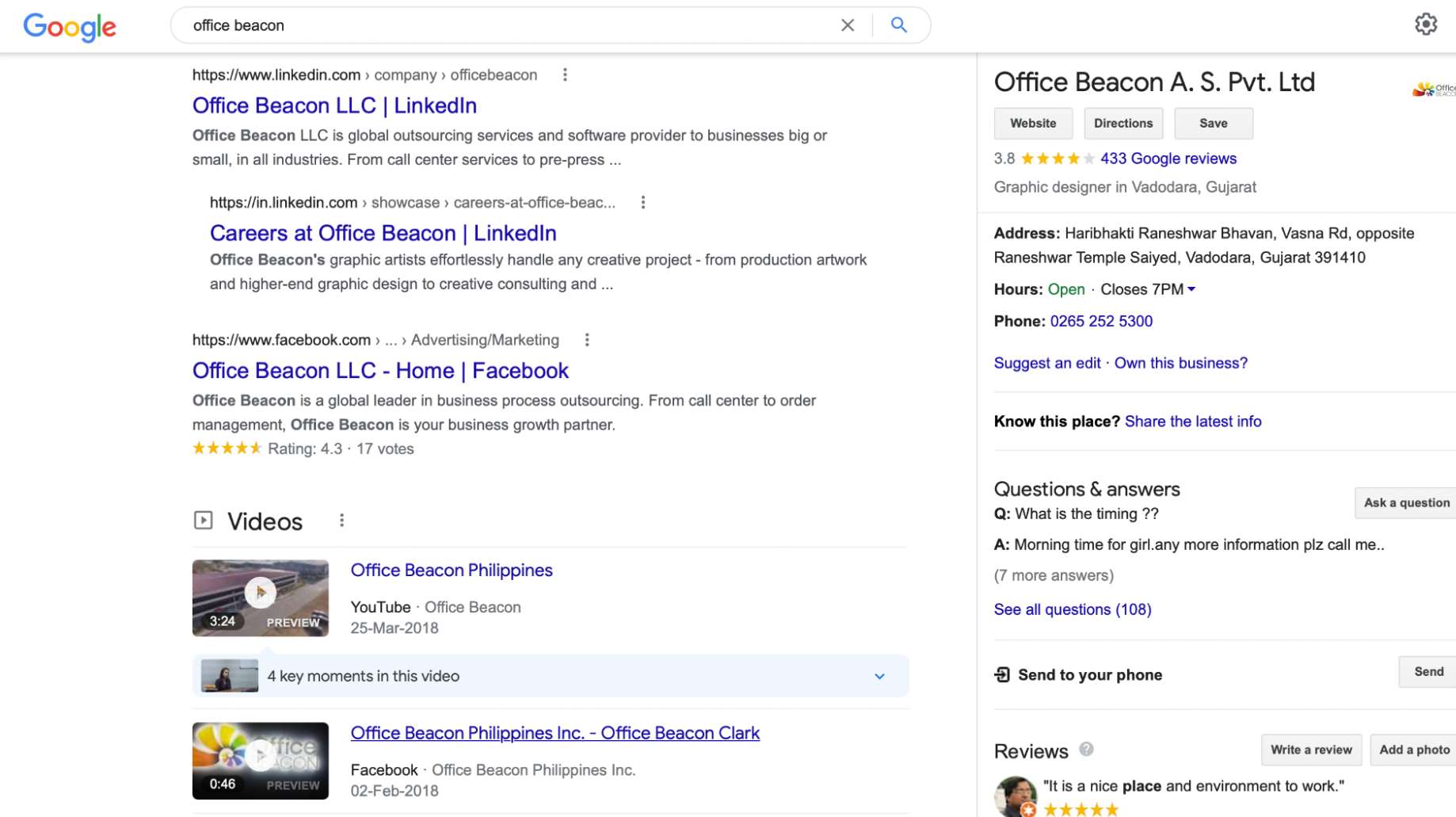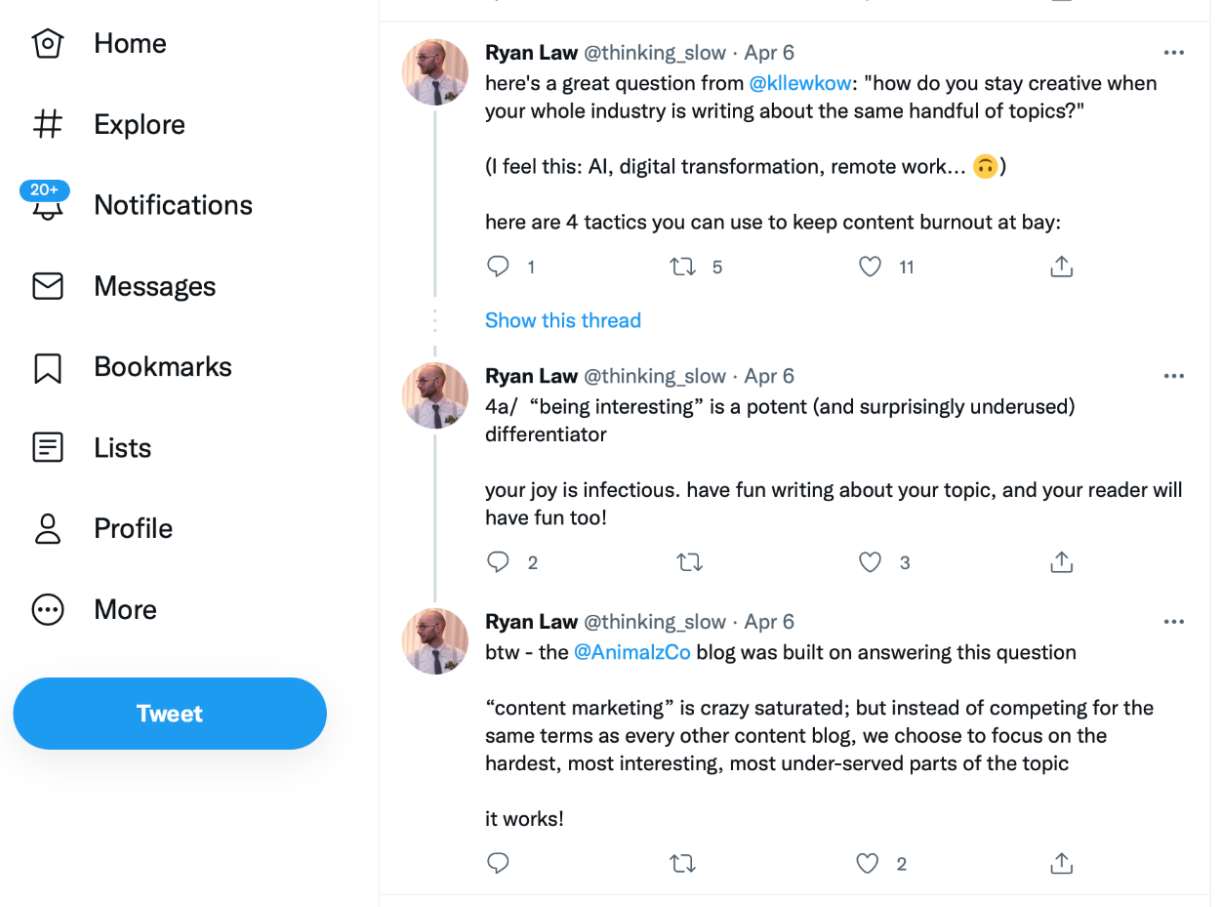Wearing multiple hats as a business owner can be extremely draining. Amidst your day-to-day hustle to keep operations running, business growth can sometimes take a backseat. Hence, leveraging virtual assistant services is a cost-competitive way to streamline your operational and administrative tasks.
Outsourcing to virtual assistants means you get additional time back in your day. You can utilize this newfound freedom to invest in business expansion plans, family time, pursuing a hobby, you name it! It can be nerve-wracking to let go of the reins at first, but it is worth it.
Before we dive deep into the many benefits of employing virtual assistants, let’s understand what a virtual assistant is.
What is a virtual assistant?
Virtual assistants are professionals who can do almost anything you need. The only difference is they do it remotely. Hence, you can leverage virtual assistant services for any piece of work that can be virtually executed by leveraging technology.
VAs are widely popular among SMEs or online businesses with limited office space or hiring budgets. These remote executives can be located anywhere around the globe and work according to your time and business priorities. A virtual assistant’s job description expands beyond everyday operational and administrative tasks.
So what does a virtual assistant do?
![]()
If you are a small business owner, you probably have a laundry list of tasks you can outsource to a VA. Outsource Access claims that 60% of virtual assistants have a college degree. So you can rest assured that they can handle most of your critical business responsibilities.
We have categorized these activities into the following groups.
Calendar optimization
As an entrepreneur, staying organized is crucial to ensure maximum productivity. Your virtual assistant can help manage your calendar, as well as set up appointments, reminders, and your to-dos in order of priority.
Administrative tasks
VAs can handle a host of admin activities and help you focus on what’s essential, i.e., driving growth. So hand off your time-consuming chores like screening and answering calls, travel arrangements, data entry, etc., to your trusted virtual assistant.
Email management
Sifting through your daily emails, though arduous, is vital to running a business. Virtual assistants can help screen your emails and mark the important ones, answer or direct meeting requests and job inquiries and update contact details in your CRM. They can even run your email marketing campaigns and maintain email lists.
Customer service
An agile customer service team is crucial to client satisfaction and engaging your target audience. Once virtual assistants have gone through the necessary product training, they can address incoming customer queries and escalate concerns to respective departments if required.
Content creation
A stellar content strategy is crucial to attracting potential clients and nurturing the existing ones. But, it is a tedious task and can take up a considerable chunk of your work week. Skilled VAs can assist you throughout your entire content strategy, from content ideation, writing, and illustrations to publishing on time.
Social media management
Since you will post your content on multiple social media channels, you need someone to engage with your followers online. Luckily, that person does not have to sit in your office. Your VA can take care of social media posts, engage and respond to comments and queries, and measure your engagement rates.
Also read: B2B Social Media Strategy: The Definitive Guide for 2022
Manage finances
Tracking and managing your finances is fundamental to operating your business. You can outsource transactions, expense tracking, creating and sending invoices, payment follow-ups, and managing budgets to your VA.
Research
Growing your business requires a solid understanding of market trends, customer knowledge, and competitive insights. Compiling this data can be time-consuming. A virtual assistant is perfect for taking this on.
Business development
When it comes to achieving your sales quota, it takes a village. VAs can help you with lead generation and outreach activities, so you and your sales team can concentrate on converting qualified leads. Virtual assistants in sales can immediately boost your outreach at competitive rates.
Why do you need a virtual assistant?
Cost-effective
Reducing expenses is one of the principal reasons SMEs, online businesses, and solopreneurs opt for VAs over onsite assistants. A survey by Global Workplace Analytics indicates that a typical U.S. employer can save an average of $11,000/year by hiring remote workers over permanent employees. Here’s how.
- VAs work remotely, so you are not paying for office space and other logistical costs that come with employing full-time staff.
- Your in-house teams need regular training or grooming sessions, while VAs require the minimum product/service training as they are usually experts in their domain.
Boosts productivity
When running a start-up or a small business, you or your employees may have to play multiple roles to keep up with growing business needs. Since time constraints often compel you to prioritize business growth over other mundane operational/administrative tasks, the latter piles up. This can ultimately affect your bottom line in the long run.
Virtual assistants can take such tedious tasks off your hands, so your operations run seamlessly, leaving time to focus on more critical matters.
Round-the-clock availability
Virtual assistants are helpful for functions that require 24*7 attention, like customer service or technical assistance for your global clients. As you can hire VAs from across different time zones, you can have someone to interact with your clients during your off-hours. Also, since you can employ multiple VAs at lower costs, you ensure someone is always there to keep operations running.
Challenges in hiring/managing virtual assistants
While hiring virtual assistants has numerous benefits, it also poses specific challenges. Understanding these pitfalls ahead of time will make you better prepared to face them. With millions of client hours under its belt, Office Beacon can help eliminate these critical issues. We will explain how later in the blog.
Here are some of the key hurdles you may encounter with virtual assistants.
Time zone disputes
Although global VAs can help you run your business during your downtime, the difference in time zone can cause coordination issues. If not appropriately managed, such communication gaps can interfere with your customer delivery.
Cultural barriers
The flexibility of hiring VAs from across the world comes with challenges. For instance, if you are hiring customer service VAs from a non-English speaking country, ensure they have excellent written and spoken communication skills. You must also be mindful of specific cultural differences while communicating with your virtual assistants from a different time zone.
Commitment
When hiring independent contractors, freelancers, or even VAs, you must understand that they work for multiple clients. So there may be situations when you have a deadline, but your VAs have committed to other clients. Hence you need to be cognizant of their available bandwidth before assigning critical tasks.
Tracking productivity and progress
It is far easier to manage and track your employees under the same roof. However, your VAs are separated from you by thousands of miles and time zones. So you can never be sure if they diligently allocate the required time and attention to your projects.
Although, do note that the potential conflicts mentioned above are generally applicable when hiring freelancers and independent contractors. However, a dedicated VA service provider like Office Beacon can help you address such issues.
Why should you hire Office Beacon’s virtual assistant services?
‘Remote work’ entered the corporate lexicon due to the onset of the global pandemic in 2020. But, Office Beacon has been its clients’ go-to remote staffing provider for over 20 years. With thousands of employees offering various operational support services, and office locations in India, the Philippines, Uruguay, Australia, Canada, and the United States, we offer superior managed services across numerous industries.
The Office Beacon advantage
![]()
What sets us apart from other providers is the Office Beacon Advantage, which is the epitome of simplicity and excellence. Here are a few key traits that have helped us become our clients’ trusted remote services partner.
- Transparent contracts – You make a monthly payment that covers your remote assistant’s training and working charges. There are no hidden fees for additional HR management or people operations. The best part is the no-strings-attached termination clause which gives you complete autonomy to cancel anytime without penalties.
- Dedicated resources – We are not a marketplace. We offer full-time committed virtual assistants, not freelancers or independent contractors. So when you sign with Office Beacon, you are not at risk of losing your VAs to other clients.
- Top talent – We do not employ merely executive assistants but subject matter experts. Before hiring virtual assistants, we ensure they meet the five key criteria – critical thinking, impeccable communication, organization skills, technical know-how, and highly professional behavior.
- Consistent performance monitoring – Office Beacon full-time employees work on-site at an office, not out of their homes, so they are consistently supervised. Our back-end team monitors and tracks your remote assistant’s progress on set KPIs. This helps VAs perform the required tasks efficiently and meet the productivity, reconciliation, and quality trackers set by their team leader.
- Proper hand-over – Before your VA starts working for you, we introduce them to you on a Meet and Greet call. You also get to know the implementations manager, team leader, site manager, and IT staff on this call. These professionals work closely with your assistant to ensure they match client expectations and meet the KPIs.
- Dedicated software support – With us, you do not have to rely on third-party vendors for software support like project management, meeting software, CRM, talk software, etc. With Office Beacon’s virtual assistants, you get complimentary software support “Powered by Flowz” for all your related software needs.
- Complete backup and redundancy 24/7 – We assign universal backup reps at no additional cost. To ensure total redundancy, we have multiple delivery centers. We use several internet service operators and backup generators to ensure seamless services.
- Data protection and confidentiality – To ensure absolute data protection and confidentiality along with intellectual property protection, we enforce various stringent measures. Some of them are Ernst & Young audits, enforceable NDAs in all countries, strict legal agreements protecting client data, etc.
- Total employee assurance protection – Office Beacon employees are paid full benefits in compliance with all legal, employment and government regulations.
Wrapping Up
Gone are the days of struggling to find the right talent in your local markets. Technology-led recruitment has transcended geographical barriers. Virtual staffing has made it possible to outsource virtually any task to locations worldwide.
Moreover, according to Statista, around 50% of the US workforce will be virtual professionals by 2027. So, ultimately it’s about trusting technology and the combined experience of numerous business owners like yourself. On this 4th of July, hire a virtual assistant with Office Beacon and free yourself from the mundane operational chores and reclaim your independence!![]()



























































